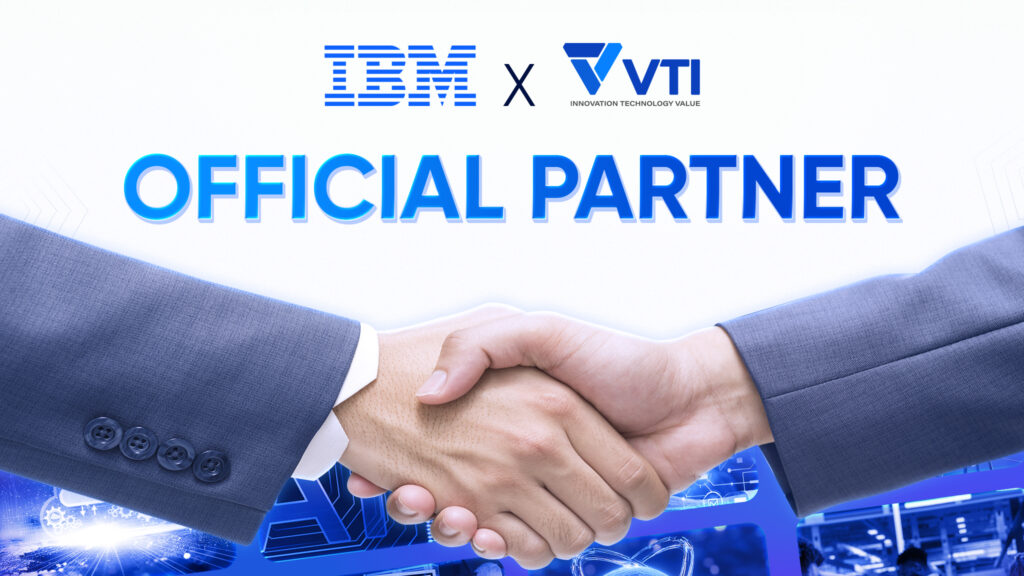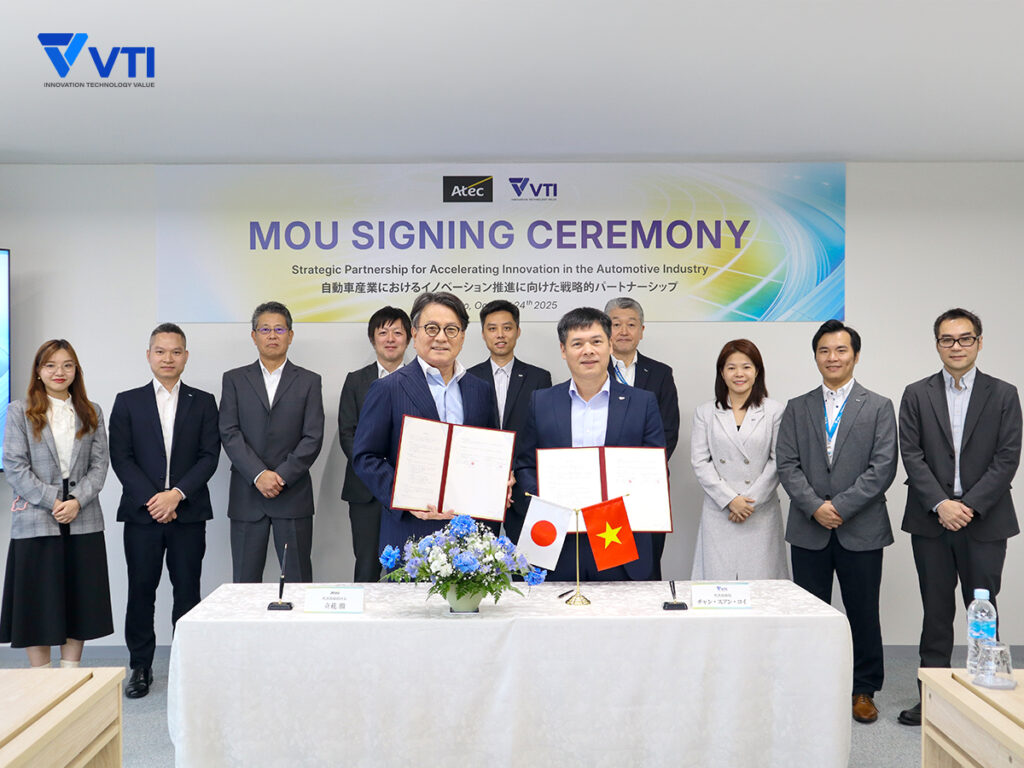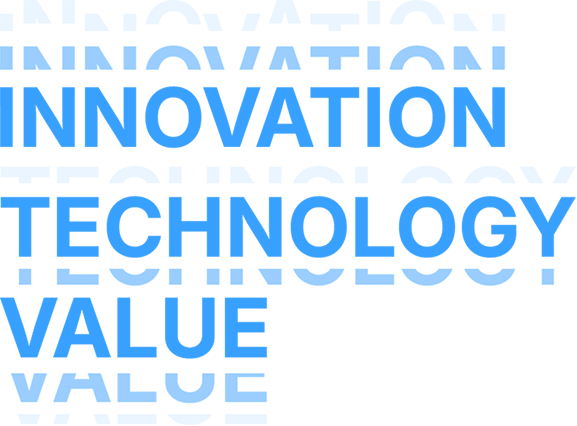VTI, a Vietnamese IT company, recently established a specialized team, the “Maintenance Hub”, focused on the maintenance and operation of systems. The primary target of this initiative is Japanese companies struggling with a shortage of personnel for maintaining and operating legacy systems. The maintenance and operation services are provided 24/7 from VTI in Hanoi, Vietnam.
We interviewed Ms. Dao Thi Thu Hien, Chief Delivery Officer of VTI, about the reasons behind the launch of the Maintenance Hub, the details of the services offered, and the company’s plans for future expansion. The interview was conducted by Naotaka Ohwada, Director of the Innovation ICT Lab at Nikkei BP Research Institute.
Can you tell us about the organizational structure of VTI’s headquarters?
We have around 1,000 engineers in our development team. Recently, we also launched the ‘Maintenance Hub,’ which focuses primarily on maintenance and operations, with approximately 100 engineers assigned to it.
The Maintenance Hub provides maintenance and operational services for Japanese companies dealing with legacy systems. The engineers in Hanoi work around the clock, offering 24/7 services. By utilizing advanced technologies such as cloud computing, we are able to offer remote services as well.
Is the Maintenance Hub designed to take over the maintenance and operation of legacy systems that Japanese companies own and operate?
Yes, that is one of its roles. However, there is another role as well. In some cases, we take on the development of information systems for clients, and then, after these systems go live, we also handle their maintenance and operation.
Enhancing Quality with a Unique Development Model
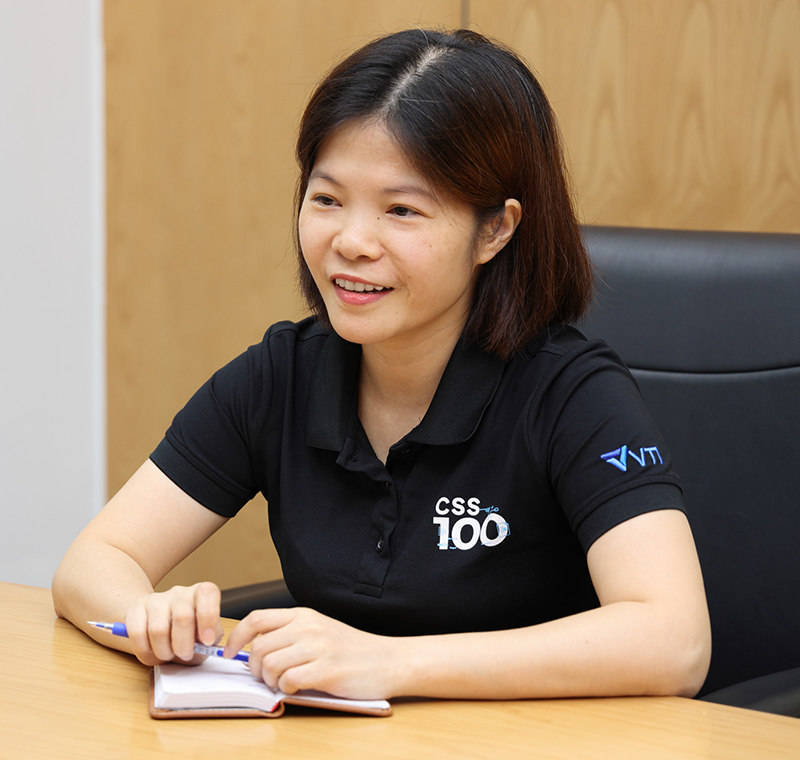
Chief Delivery Officer VTI Vietnam
Why did you decide to establish a new maintenance hub at this time?
As the ‘2025 Cliff‘ has become a prominent issue, many Japanese companies are struggling with a shortage of talent for maintaining and operating legacy systems. These systems often rely on older programming languages like COBOL, making it increasingly difficult to secure the necessary personnel for their upkeep. As a result, we determined that there is a significant demand for legacy system maintenance and operation services.
When our company takes over maintenance and operation tasks from customers, we do not charge for the handover process. This allows us to ensure a smooth transition of operations.
Another factor contributing to rising demand is the geopolitical risks associated with China. In the past, many Japanese companies relied on offshore services in China to maintain and operate their systems, including legacy systems.
However, with the recent increase in geopolitical tensions, more Japanese companies are seeking alternative outsourcing destinations. We believe our services can meet the needs of such companies.
Japanese companies often demand high-quality maintenance and operation for their legacy systems. What measures do you take to ensure quality?
We apply our proprietary offshore development model, the ‘4S Model,’ which is built on industry standards like CMMI (Capability Maturity Model Integration) and ITIL (Information Technology Infrastructure Library). This model is not limited to maintenance and operations but also targets system development.
The 4S Model derives its name from the initial letters of its four phases: SET UP, SCRATCH, STABILIZE, and SCALING.
- SET UP: During the initial phase, we conduct on-site operations at the customer’s location, especially for Japanese companies. This involves analyzing the client’s system operations and business challenges to define requirements.
- SCRATCH: Our offshore team conducts small-scale trials and testing based on the defined requirements.
- STABILIZE: This phase focuses on stabilizing the system’s operation. Using the results of the SCRATCH phase, we create plans to secure the resources required for system implementation. This includes training team members in necessary skills and preparing backup environments for emergencies. These steps prepare the project for full implementation.
- SCALING: This phase addresses new requirements and improvements that arise during system development and operation. We adjust resources or expand the team as needed to adapt to these changes.
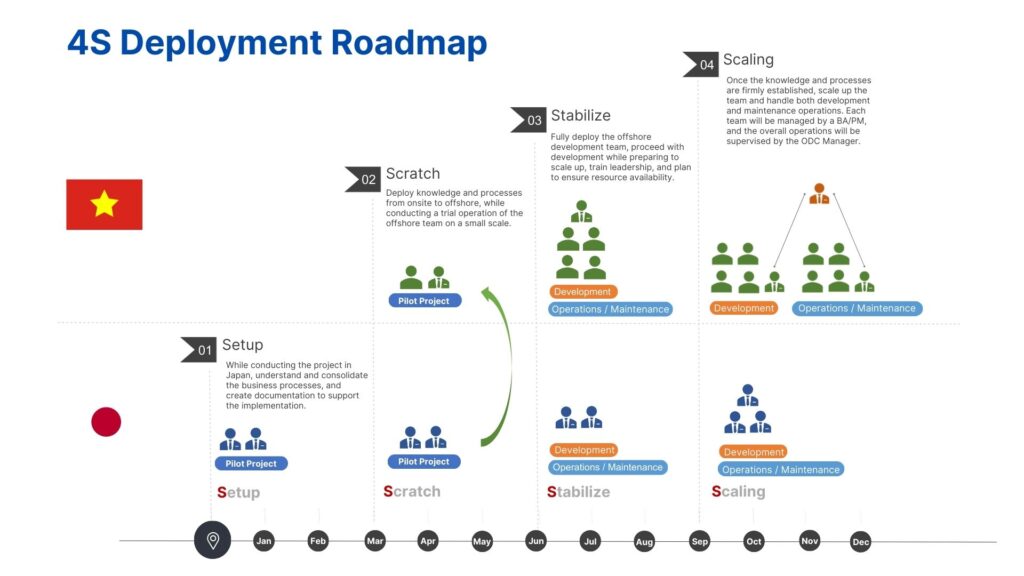
What are VTI’s strengths compared to competitors?
First, cost is a significant advantage. Compared not only to Japanese IT vendors but also to offshore development in China, we can reduce the cost burden for our clients.
By handling both maintenance and operations together, we achieve higher productivity compared to cases where these tasks are divided between separate organizations. Our team members are skilled in both areas, which allows them to approach tasks comprehensively.
Specializing in system maintenance enables us to shorten working hours, and we take pride in our strong ability to accumulate expertise. As we gain more experience, our efficiency continues to improve. We are also actively developing tools for continuous quality improvement and integrating generative AI into our testing processes.
We’re heavily investing in new hiring, training programs, and rotational systems to enhance the quality of operations and services. Additionally, we focus on recruiting employees with strong Japanese language skills and provide robust Japanese language education to our staff. This ensures we are well-equipped to communicate effectively in Japanese.
We aim to expand our team to 1,000 members
What industries have you received orders from so far?
Most of our customers come from the retail and manufacturing industries. Moving forward, we aim to expand into finance, public services, and transportation.
Our expertise lies in areas such as web-related technologies, mobile, AI (artificial intelligence), cloud computing, and low-code platforms. We also have extensive experience in maintaining and operating platforms provided by companies like ServiceNow and Salesforce.
Can you provide some specific examples?
I’ll share three examples. The first is a major company in the recruitment and HR services sector. We were contracted for both system development and maintenance/operations. The maintenance and operation team, consisting of 20 people, provides 24/7 service.
The second example is a company that manages computer equipment. This company had outsourced its system maintenance and operations to China, but part of this was transferred to us. Both companies shared the costs of the transition, and after the move, we successfully stabilized the system. Currently, we have a 10-person team working on process improvements.
The third example is help desk services for a company using Amazon Web Services (AWS) cloud. We provide help desk support on a 24/7 basis.
What are your plans for business expansion?
We believe that maintenance and operations through our Maintenance Hub are services with great demand potential. Since the outbreak of the COVID-19 pandemic, we’ve seen more cases where customers are open to receiving remote services from Vietnam.
The number of team members at the Maintenance Hub will gradually increase. In 2 to 3 years, we plan to have 300 to 500 people, with the goal of reaching 1,000 members in the future.
We’re also focusing on recruitment and development. We aim to hire IT professionals with strong technical abilities and individuals who are proficient in Japanese. Ideally, we would like to find candidates who excel in both IT and Japanese, but such individuals are rare.
Therefore, we recruit people who excel in one area and provide training to help them strengthen their skills in the other. Many Japanese companies believe that it’s more reliable for not only BrSEs but also developers to have Japanese language skills, so we aim to meet that demand as much as possible.
![[FREE EBOOK] Strategic Vietnam IT Outsourcing: Optimizing Cost and Workforce Efficiency](https://vti.com.vn/wp-content/uploads/2023/08/cover-mockup_ebook-it-outsourcing-20230331111004-ynxdn-1.png)


